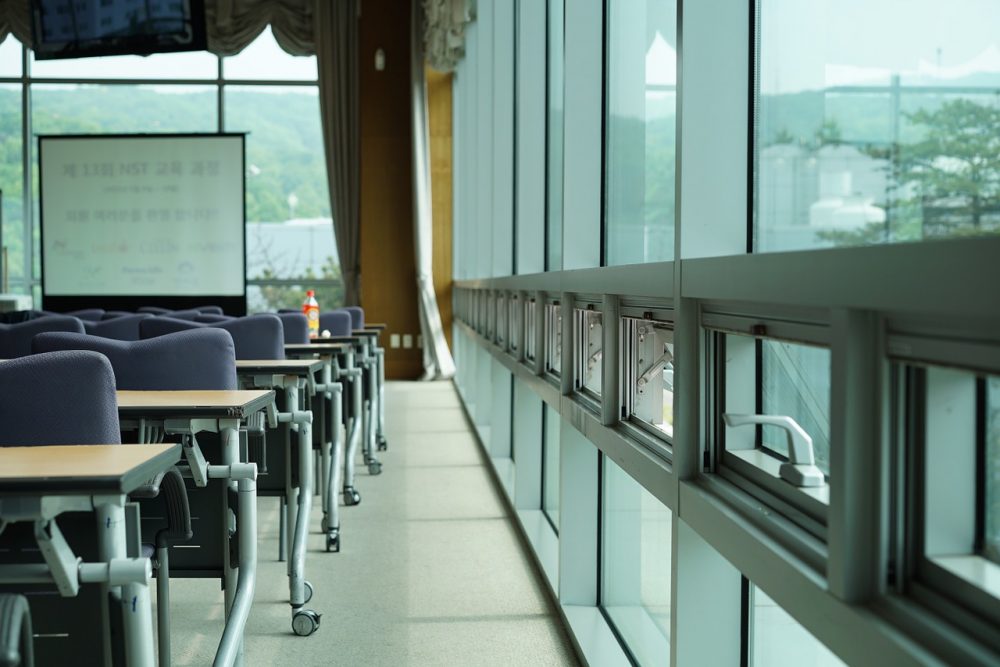After a Crown Court Criminal conviction, the barrister and/or the appeals solicitors will review the case to see if the possibility of successfully making an appeal exists. During the review, a determination will be made. In general, the only feedback a client can expect from their solicitor when no grounds for an appeal are found is verbal. However, when it appears that an appeal can be made against the sentence, the conviction, or both, then Counsel will put the
findings into writing so that the client can decide whether or not to move forward.
In order to prepare the paperwork, the Form NG (necessary for appeals) must be properly completed. All relevant materials must be submitted to the court where the sentencing or conviction took place in a timely manner. This appeal application is then forwarded to the London appellate court.
Cases appealed from the Crown Court system will either be sent to The High Court, The Criminal Division of the Court of Appeal, or the Criminal Court of Appeal, depending upon the circumstances of the case. The time line for applying for an appeal for a Crown Court case is usually limited to 28 days from the date of sentencing. Exceptions to this schedule for filing do exist, and these require that paperwork known as Leave to Appeal out of Time be filed. Within this document, the appeals solicitors must fully explain the reasons why the appeal should be considered out of time.
A single Appeal Judge will consider an appeal application of the sentence or conviction in the application known as Leave to Appeal. That judge must make the determination about whether or not the appeal as laid out in the application has a chance of success within the courts. In essence, the job of the judge at this first level of judicial review is to filter out cases that are weak and only send the strongest cases through to the courts. This process is necessary for every application. The Judge who reviews the applications must provide a reason for the decision made in writing.
The application heads to the full court once the single judge has approved the Leave to Appeal. The process mirrors the trial itself, at this point. For example, the arguments, or reasons, for the appeal are given at this time and witnesses may be called to give evidence. Once the full Court reviews all of the documents, they issue a decision stating whether or not the application will be refused or accepted.
The appellate courts may take a number of options if the appeal is granted. These include:
* A sentence may be reduced when the appeal was made against the sentencing portion of the case.
* When the conviction in a case is being considered under the appeal, the court has a couple of options. It may choose to sent the case back for a retrial or it may choose to completely overturn, or squash, the conviction.

